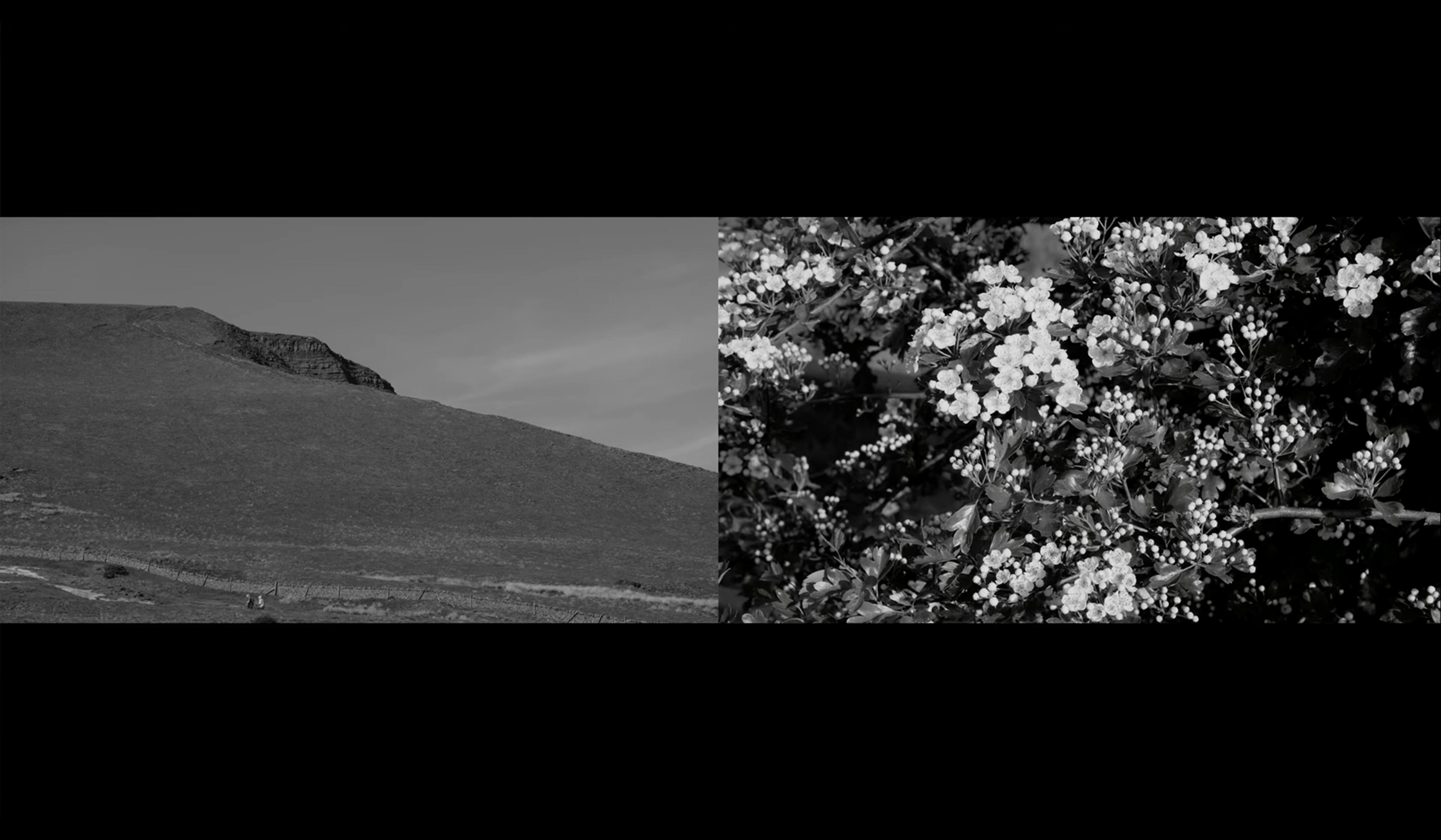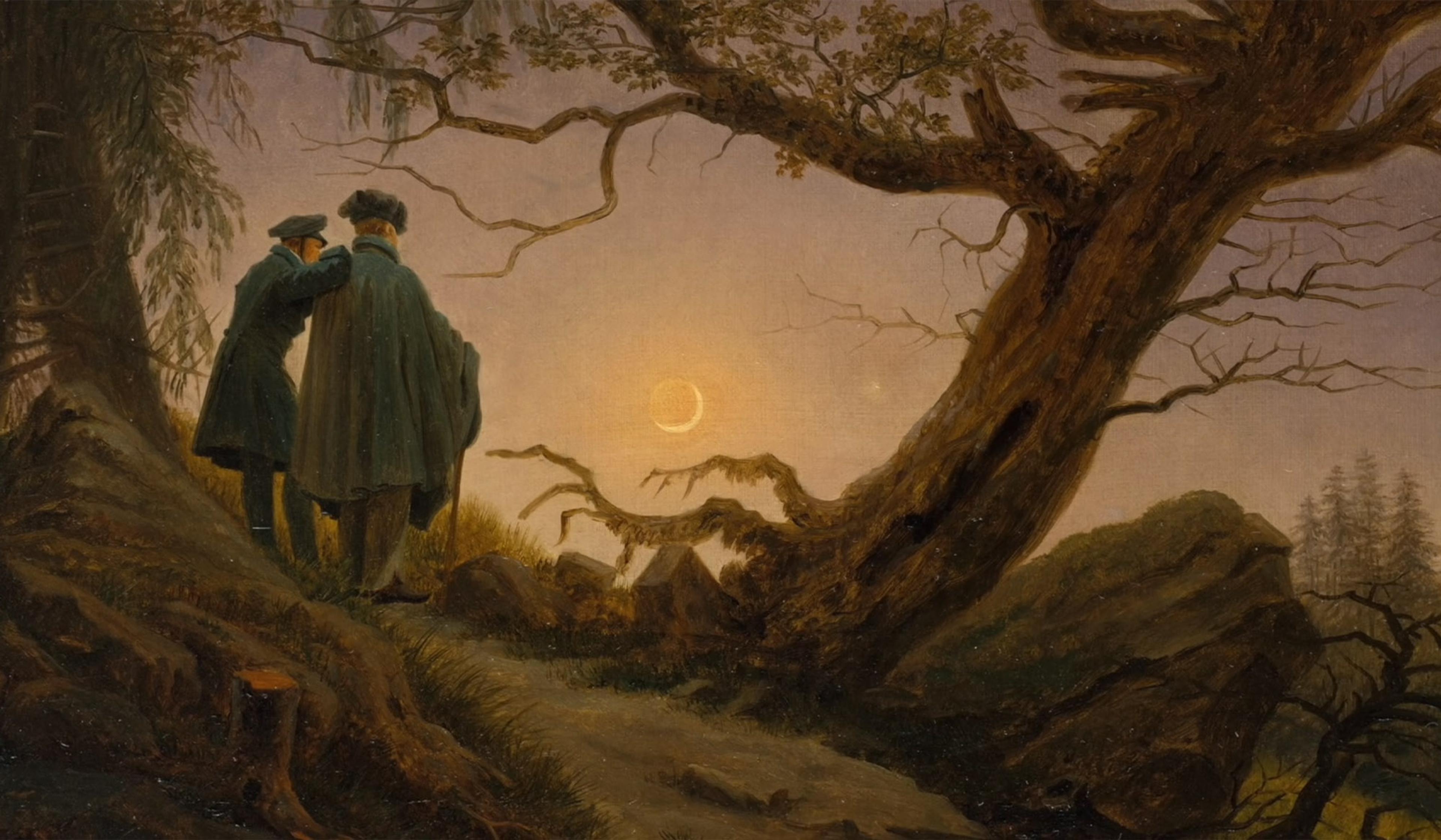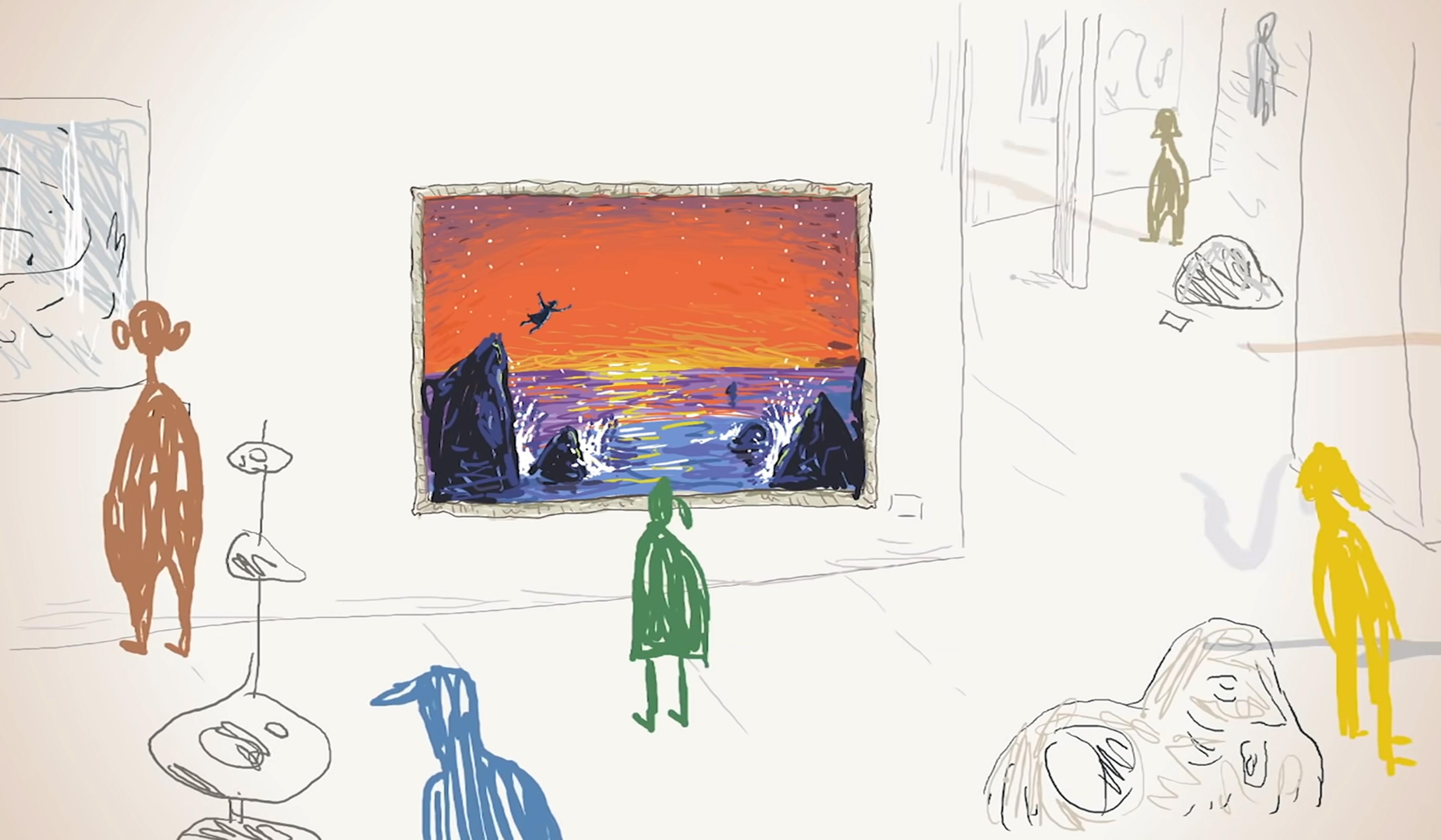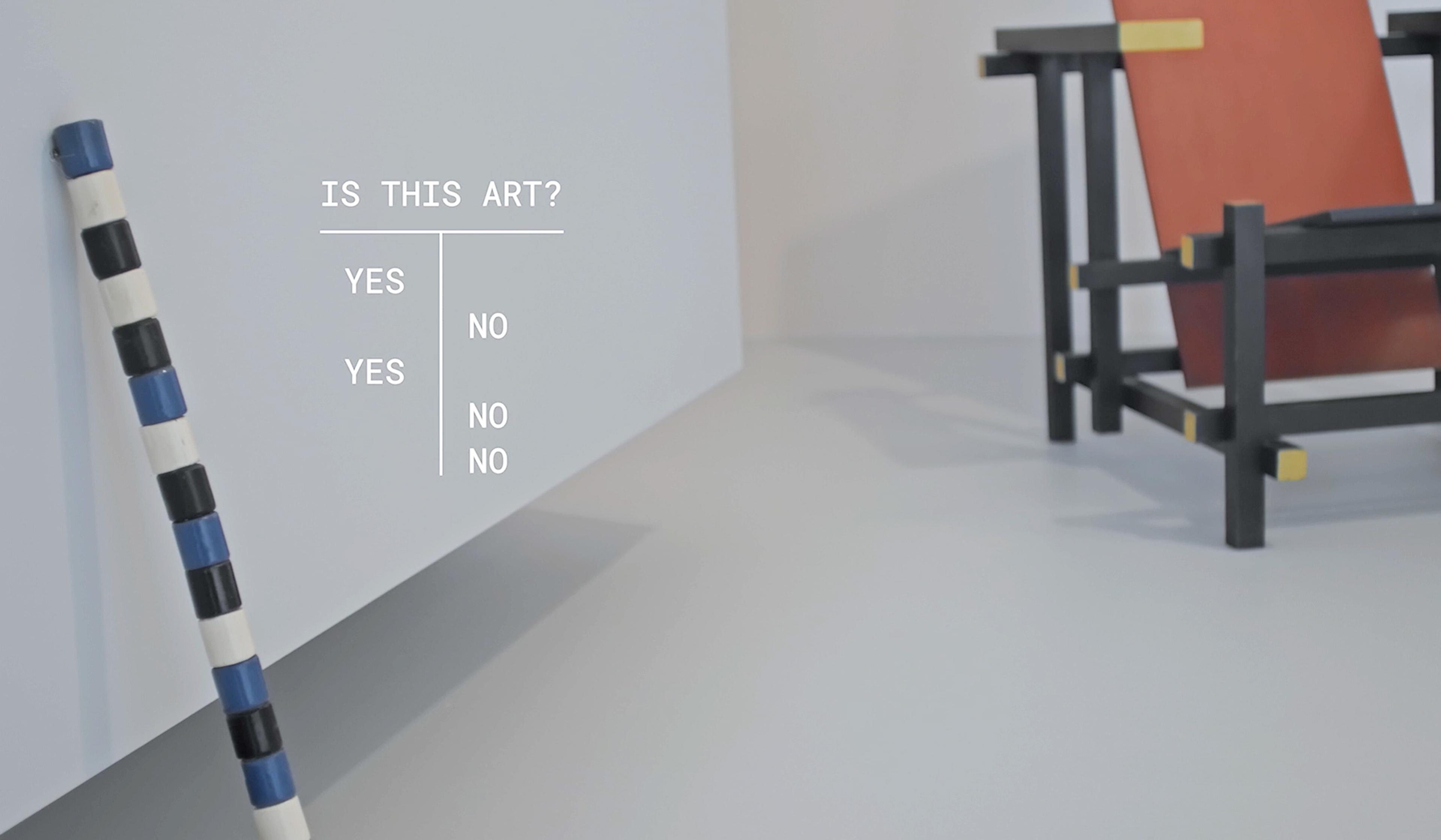The sublime describes the distinctive mix of awe, fear and serenity one might feel when confronted with imposing immensity. (Think: standing at the foot of a massive mountain.) But, as Sacha Golob, professor of philosophy at King’s College London, explores in this video, the concept of what humans consider – or ought to consider – sublime has long been subject to debate. Strolling through the National Gallery in London, Golob discusses the writings of philosophers of art including Immanuel Kant and Theodor Adorno, and pays a visit to works by painters of the Romantic movement, including Claude-Joseph Vernet and John Martin, to trace the evolution of the sublime. Ending by considering how it is expressed in modern art, Golob argues that the concept changes in response to humanity’s ever-changing relationship with the natural world.
In art, the sublime is a feedback loop, evolving with whatever’s next to threaten us
Video by the Centre for Philosophy and Art
Director: Envis Media
Producer: Vanessa Brassey
Writer: Sasha Golob

videoHistory of ideas
What separates the beautiful from the sublime?
2 minutes

videoBeauty and aesthetics
For Ruskin, words couldn’t capture nature’s palette. So here it is in black and white
6 minutes

videoHistory of ideas
What can the Romantics teach us about confronting modern problems?
20 minutes

videoBeauty and aesthetics
Can you see music in this painting? How synaesthesia fuelled Kandinsky’s art
10 minutes

videoBeauty and aesthetics
Why Caspar David Friedrich pits nature’s grandeur against the humble human
7 minutes

videoHistory of ideas
I am, therefore I think – how Heidegger radically reframed being
13 minutes

videoBeauty and aesthetics
Does the artist’s intention matter, or is it indeed all in the eye of the beholder?
4 minutes

videoMathematics
After centuries of trying, we’ve yet to arrive at a perfect way to map colour
20 minutes

videoArt
What does an AI make of what it sees in a contemporary art museum?
15 minutes